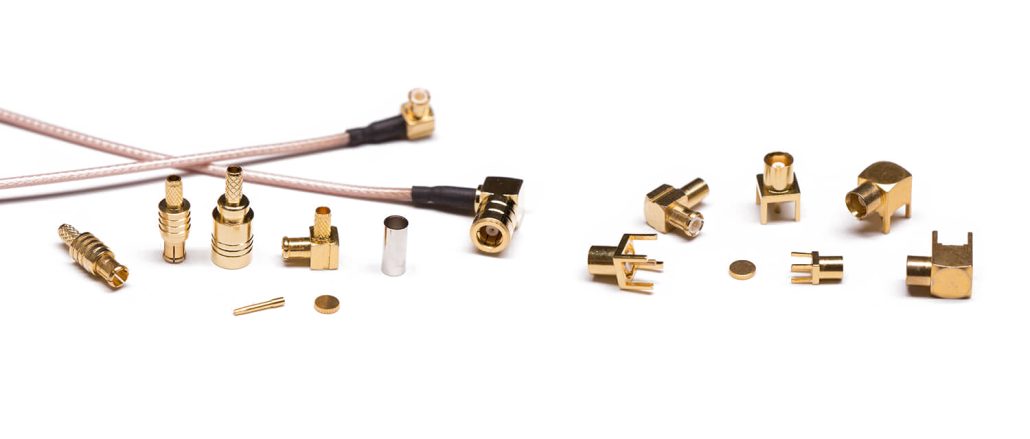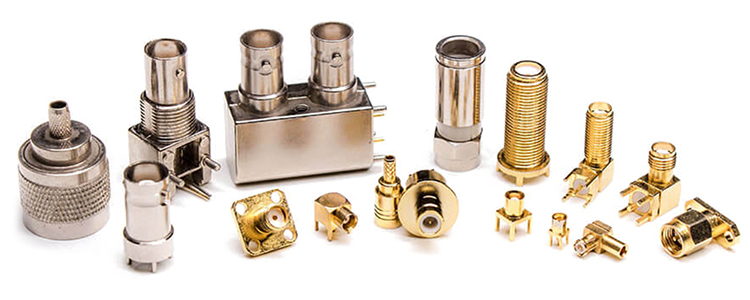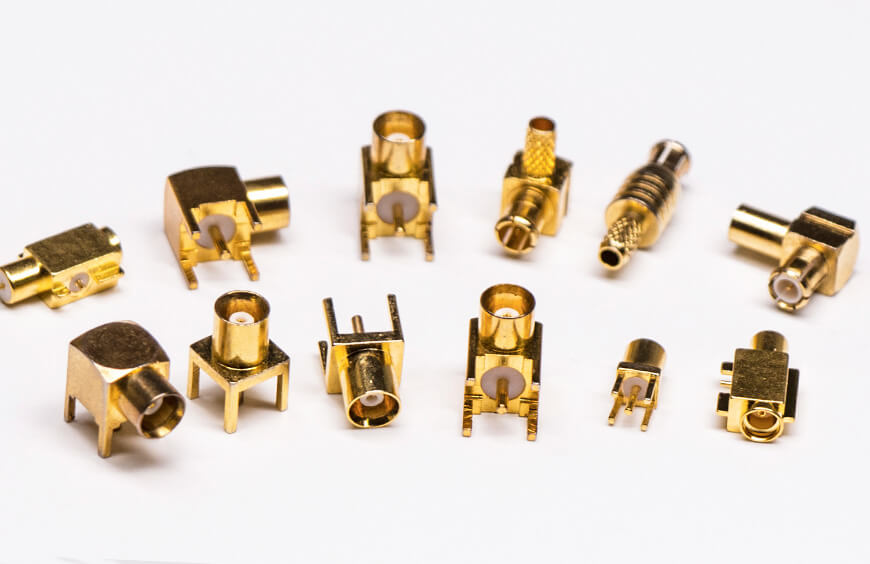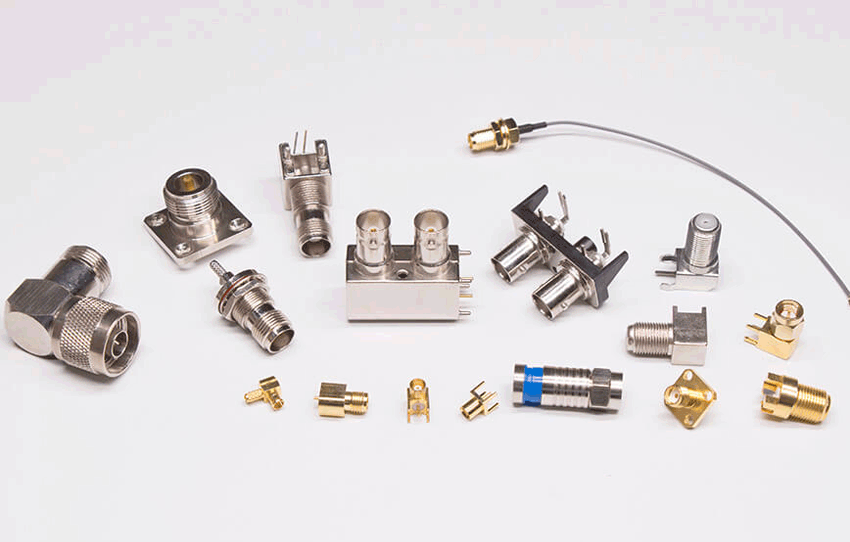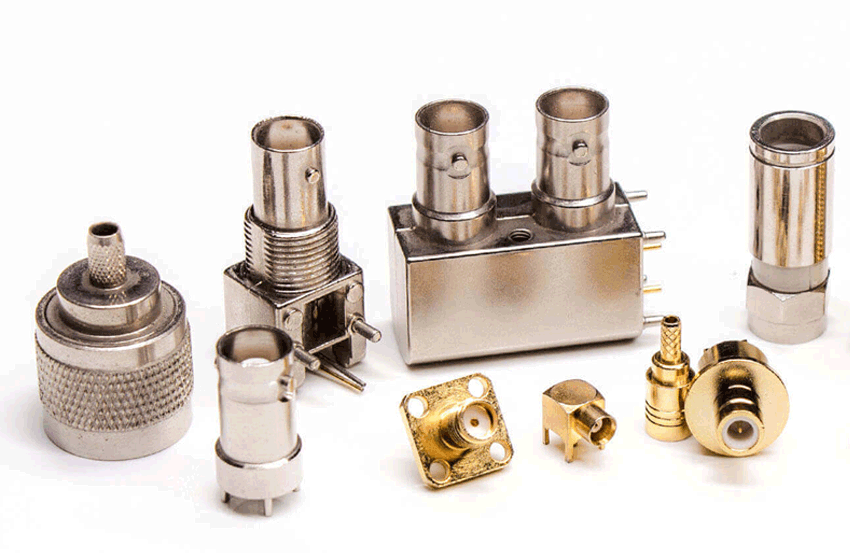Wireless communication utilizes various bands within the electromagnetic wave spectrum, ranging from low to high frequency. Among these, the VHF and UHF bands are commonly employed. In this article, we will explore the distinctions between these two bands. Radio Frequency Bands and Frequency Ranges Band Name Symbols Frequency range Very low frequency VLF 3 to […]
Tag Archives: RF Connector
Connector is a kind of electrical signal or mechanical force with the role of the circuit to connect, disconnect or switch the functional components, is to ensure the normal operation of various electronic systems, safe operation of the key components. In RF circuits, RF connectors mainly provide reliable signal transmission and connect different types of […]
RF coaxial connector is used for high-frequency signal transmission, which has certain requirements in electrical performance, mechanical construction, and plating. When selecting a product, performance and economic factors must be considered to meet the system’s electrical equipment and value engineering requirements. The following are four areas to consider when selecting an RF coaxial connector: Connector connection […]
RF connector development overview 1939 UHF connector is the earliest RF connector; During World War II, with the development of radar, radio and microwave communications, resulting in N, BNC, TNC and other medium-sized series; After 1958, with the miniaturization of the whole equipment, SMA, SMB, SMC, and other miniaturized products appeared; In 1964, the U.S. […]
BNC Connector The full name of the BNC connector is Bayonet Nut Connector, a snap-on RF connectors. BNC connectors are widely used in wireless communication systems, television, test equipment, and other RF electronic equipment. Early computer networks were also used. The signal frequency range supported is 0 to 4 GHz, and there are 2 types of characteristic impedance: […]
Development History of 2.92mm Connectors The 2.92mm coaxial connector is a new type of millimeter wave coaxial connector with an outer conductor inner diameter of 2.92mm and a characteristic impedance of 50Ω. This series of RF coaxial connectors are a new type of connector developed by Wiltron.Old.Field engineers based on the previously introduced millimeter-wave connector […]
With the development trend of miniaturization of connectors, ultra-miniature connectors have been further reduced, and connector suppliers have developed ultra-miniature coaxial connectors. MCX (MicroCoaX, brand name of Haoxun/Hubersuhner) was developed in Europe in the 1980s. The structure is very similar to SMB-the structure of the inner conductor and the overlapping insulator is exactly the same […]
SMA (Sub-Miniature-A) RF coaxial connector was invented by James Cheal of Bendix Company in the United States in 1958. It was used to solve the problem of TEM mode conversion between coaxial and microstrip because of its small size and structure. It has the advantages of simplicity, wide operating frequency, and high reliability, so it […]
The BNC radio frequency coaxial connector was invented in the 1940s and is one of the most popular radio frequency coaxial connectors. BNC is the abbreviation of Bayonet-Neill-Concelman. Bayonet means that the interface adopts a bayonet connection method, Neill and Concelman respectively. He is the inventor of N-type and C-type radio frequency coaxial connectors. […]
The coaxial line represents the most effective way to transmit the signal from the source to the terminal, which is embodied in the coaxial cable assembly. The distance between the source and the terminal is the length of the cable. The most important factor in choosing a radio frequency coaxial connector is the choice. Cables, […]



